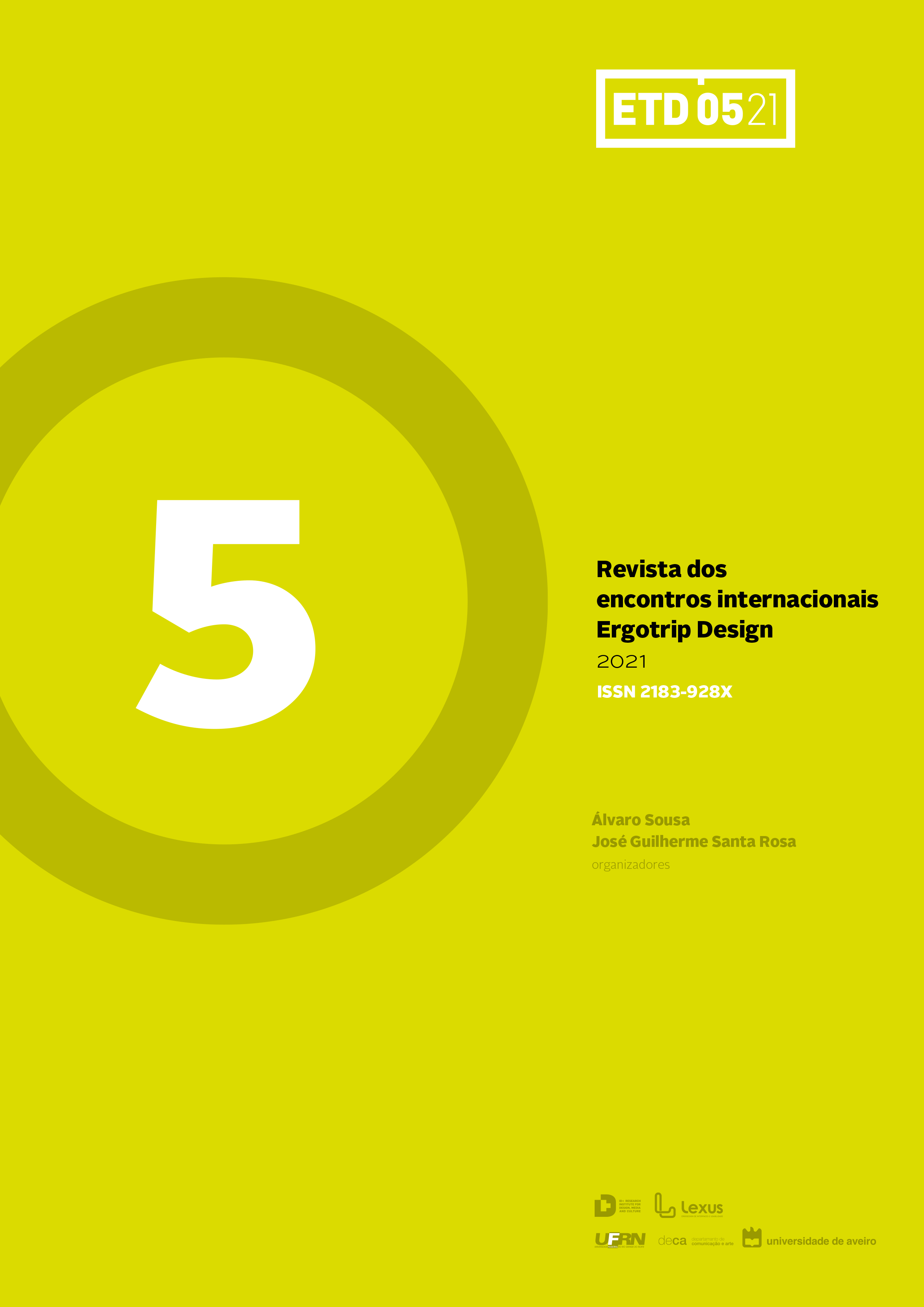A Cultura como alma matter e fonte de inspiração do design e da inovação
Resumo
As demostrações culturais abrangem uma série de manifestações como a arte, a arquitetura, a dança, o design, o cinema, o entretenimento, a moda, a gastronomia, a história, a literatura, a música, o teatro, a tecnologia, a religião, a fotografia, etc. Poder-se-ia considerar a cultura como o pilar de qualquer civilização, caracterizando a manifestação superior de qualquer sociedade. Por outro lado, as interpretações culturais divergem de acordo com as origens socioculturais, que são influenciadas pelo reconhecimento individual e do grupo.
Numa sociedade cada vez mais global, a consciência cultural é essencial para as interações sociais, afetando as nossas crenças e os comportamentos sociais.
A natureza interdisciplinar do design requer uma compreensão de distintas manifestações culturais, que também englobam o design e a inovação, permitindo o desenvolvimento de soluções sustentáveis.
Atualmente, as academias oferecem um amplo currículo nos seus cursos de design que incluem cultura visual, tecnologia, estudos em design, metodologias aplicadas e processos de aprendizagem baseados em projeto oferecendo um currículo adaptado ao mercado de trabalho. O problema põe-se quando os alunos no ensino superior criam interações de design (comunicações, produtos, serviços), desconsiderando questões e manifestações culturais, concebendo soluções de design de forma desadequada. A maioria das academias de design apresenta um amplo currículo em cultura visual, história das artes e estudos de design. No entanto, nem sempre os alunos obtêm os conhecimentos culturais necessários para conceber soluções adequadas e inovadoras. A questão põe-se quando alunos de design concebem produtos ou serviços, atendendo a questões culturais, proporcionando interações que estimulam o utilizador, criando uma resposta adequada ou desadequada à intenção.
Referências
BOYLAN, ALEXIS L. (2020). Visual Culture. The MIT Press Essential Knowledge series.
CROSS, NIGEL (2008). Designerly Ways of Knowing. New York, LLC: Springer-Verlag.
DAVID EPSTEIN (2019) Range: Why Generalists Triumph in a Specialized World. New York: Riverhead Books. DESIGN+CULTURE A Return to Fundamentalism? David Report issue 13/March 2011 http://davidreport.com/the-report/design-culture-time-cultural-fundamentalism/ (2019)
FREEDMAN, KERRY (2003) Teaching Visual Culture: Curriculum, Aesthetics, and the Social Life of Art. New York: Teachers College Press, Columbia University.
HOFSTEDE, GEERT. National Cultures, Organizational Cultures, and the Role of Management. In Values and Ethics for the 21st Century. Madrid: BBVA, 2011. https://www.bbvaopenmind.com/en/articles/national-cultures-organizational-cultures-and-the-role-of-management (2020)
MARIEKE DE MOOIJ, GEERT HOFSTEDE (2011). Cross-cultural consumer behaviour: A review of research findings, Journal of International Consumer Marketing. http://www.mariekedemooij.com/articles/de- mooij_2011_int_journal_cons_marketing.pdf (2020)
NOBEL, IAN; BESTLEY, RUSSELL. (2016). Visual Research, an introduction to research methods in graphic Design. 3rd Edition. London: Bloomsbury Publishing PLC. https://www.timesfreepress.com/news/life/entertainment/story/2014/nov/16/matter-degree-many-college-grads-never-work-/273665/ [Jan. 2021]
https://www.designdeclaration.org/declaration/ [Nov. 2020]
Direitos de Autor (c) 2021 Revista dos encontros internacionais Ergotrip Design

Este trabalho está licenciado com uma Licença Creative Commons - Atribuição 4.0 Internacional.





